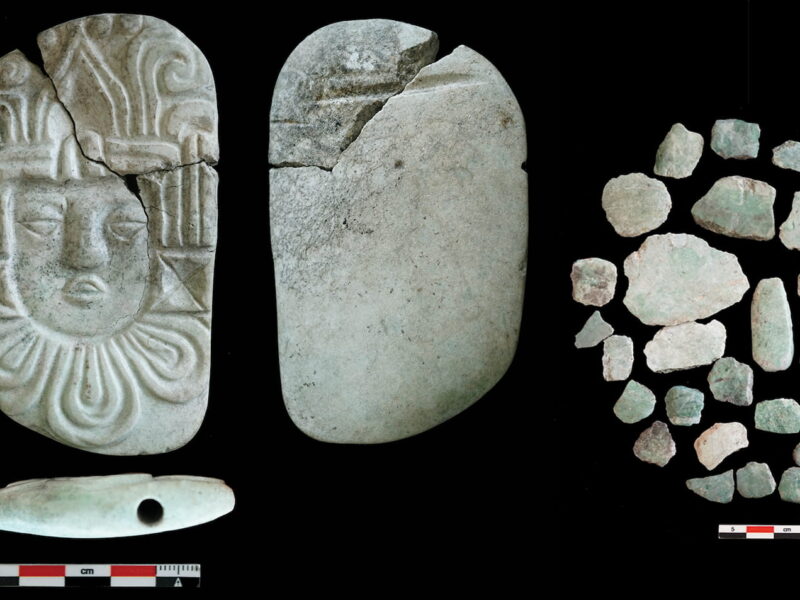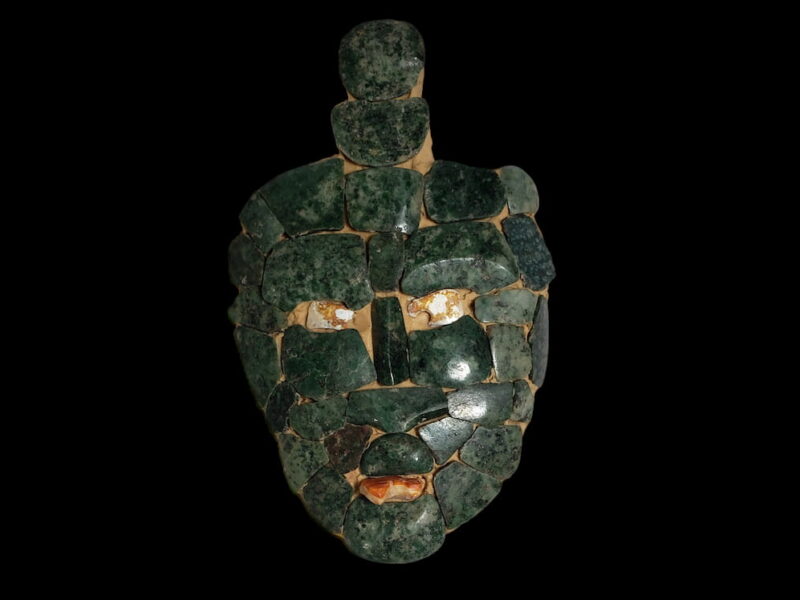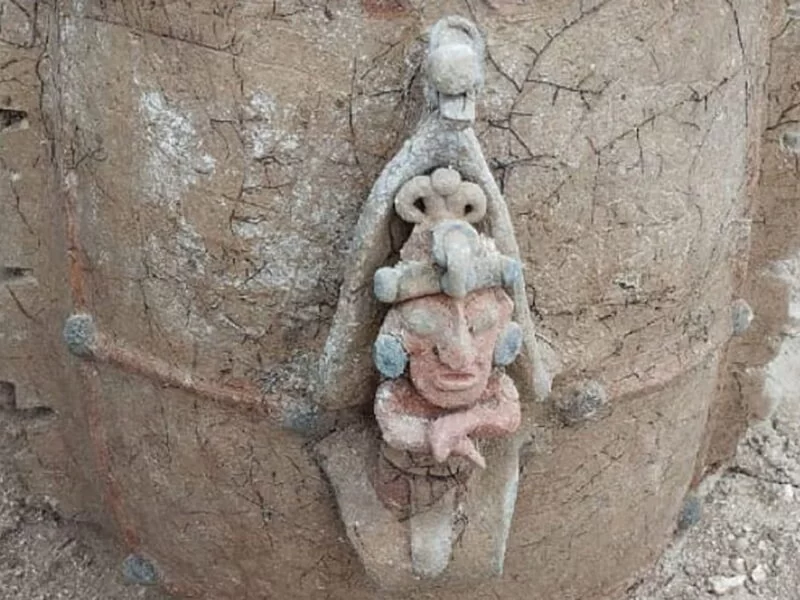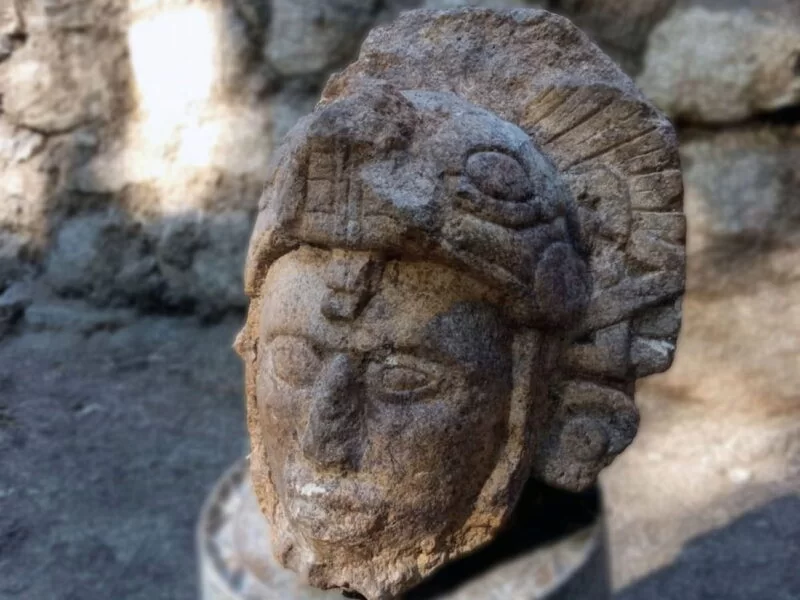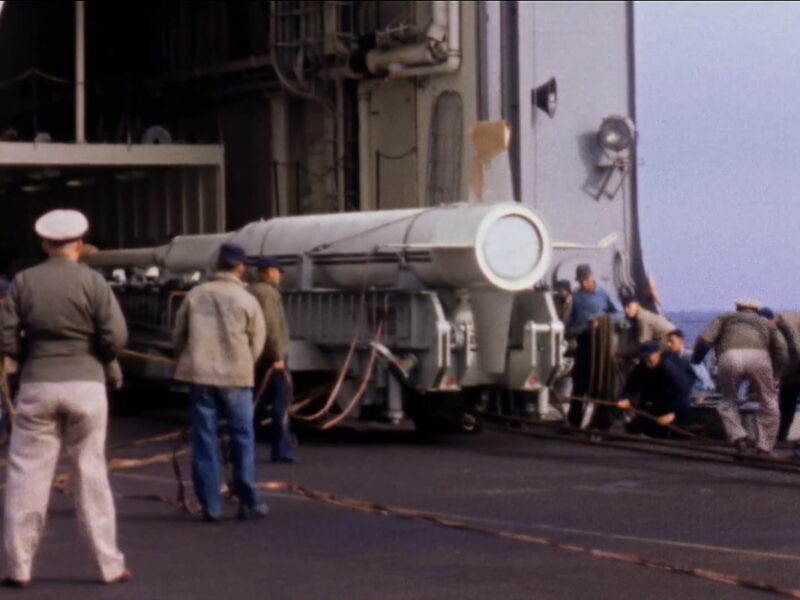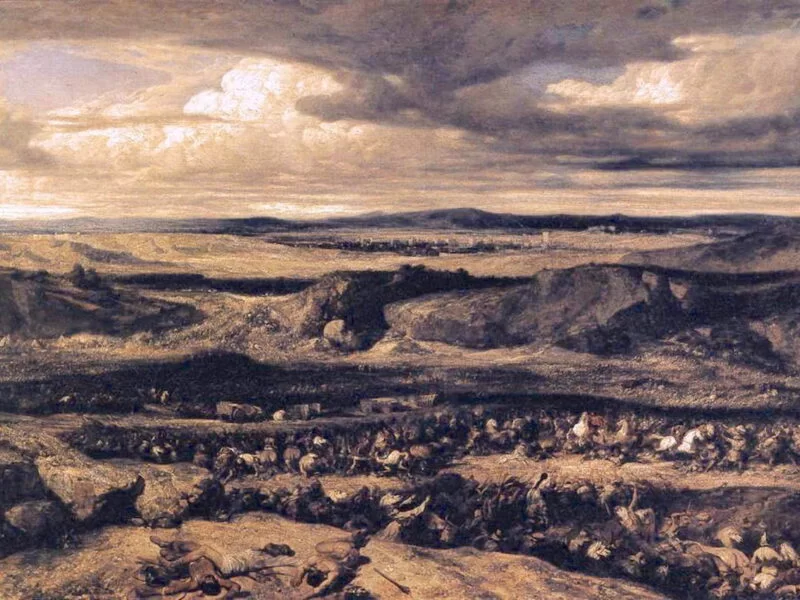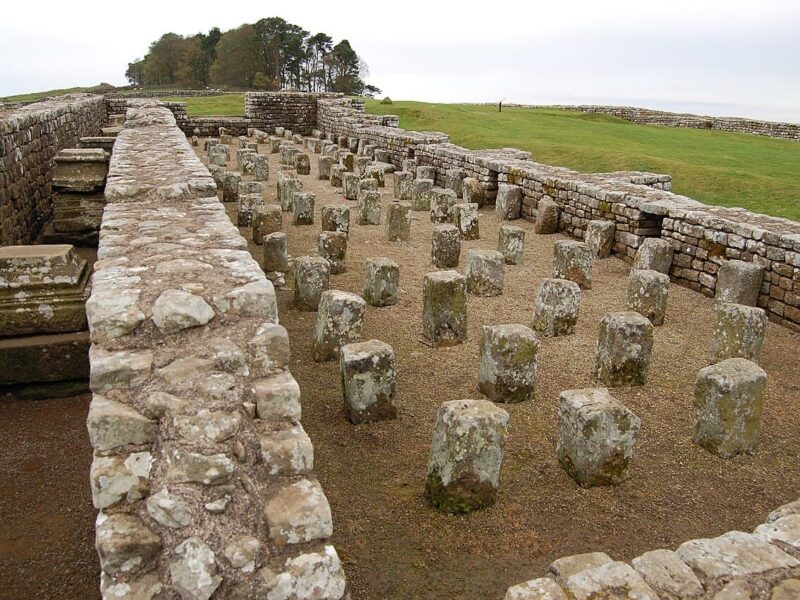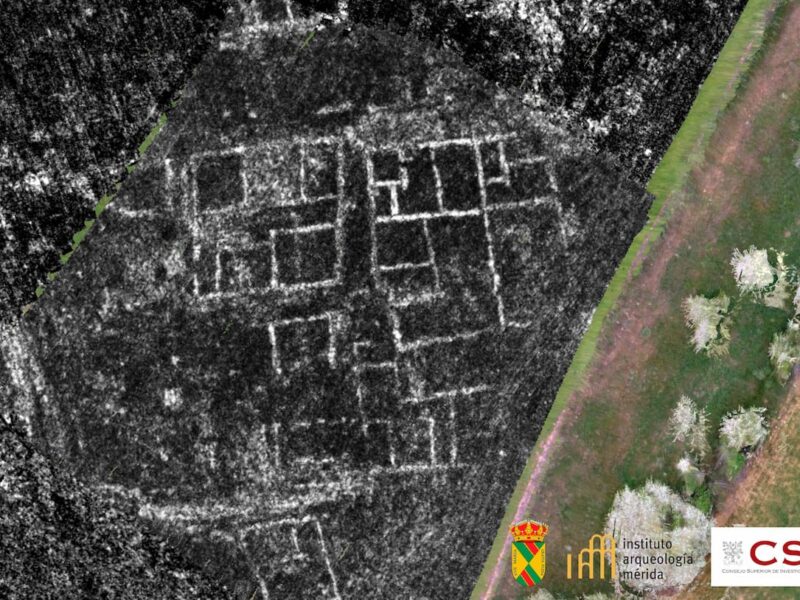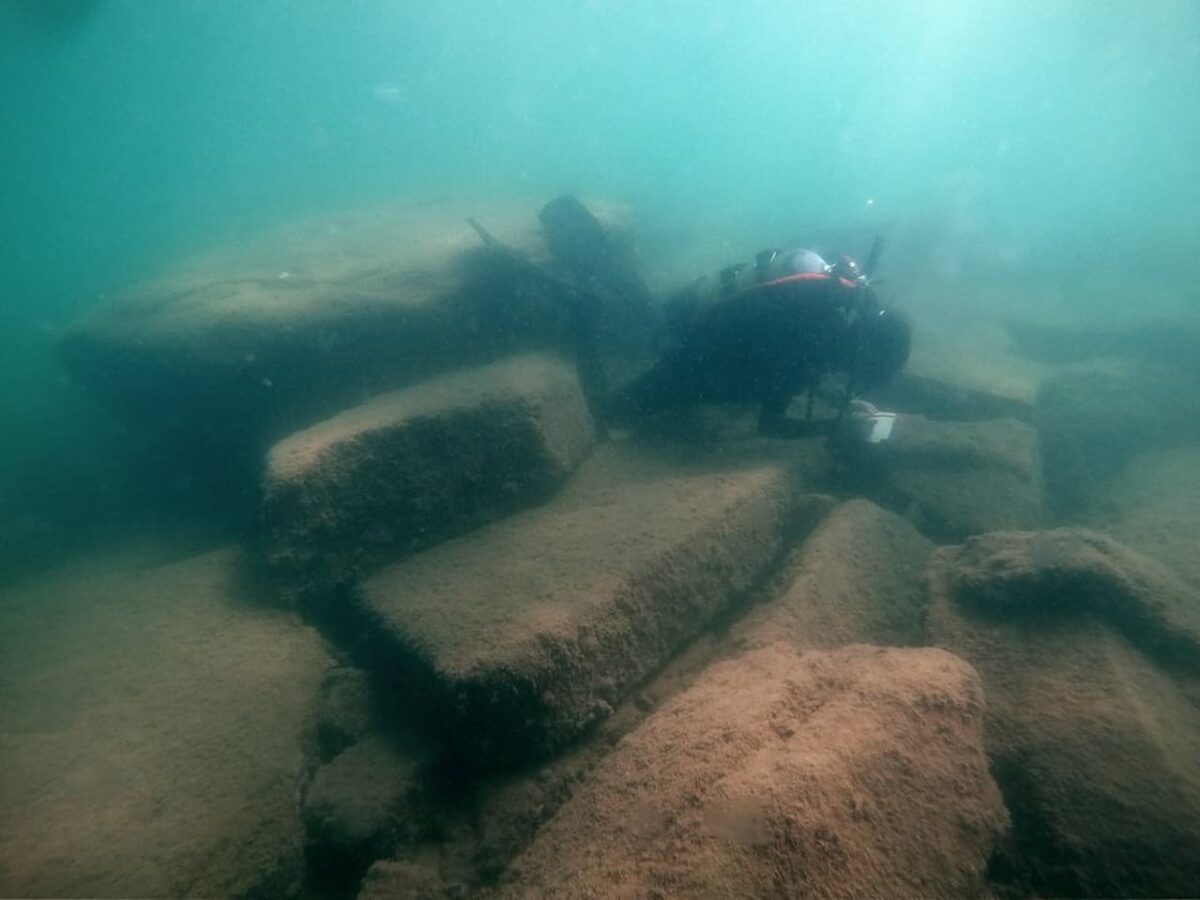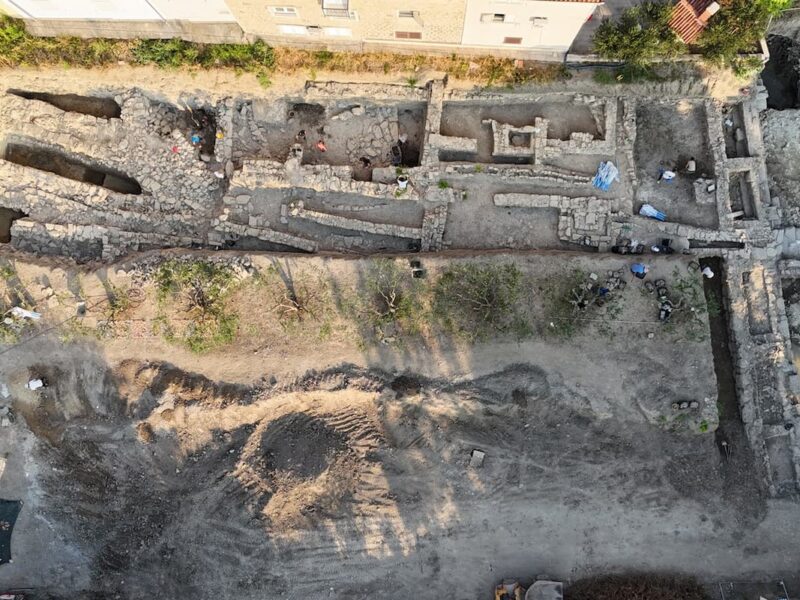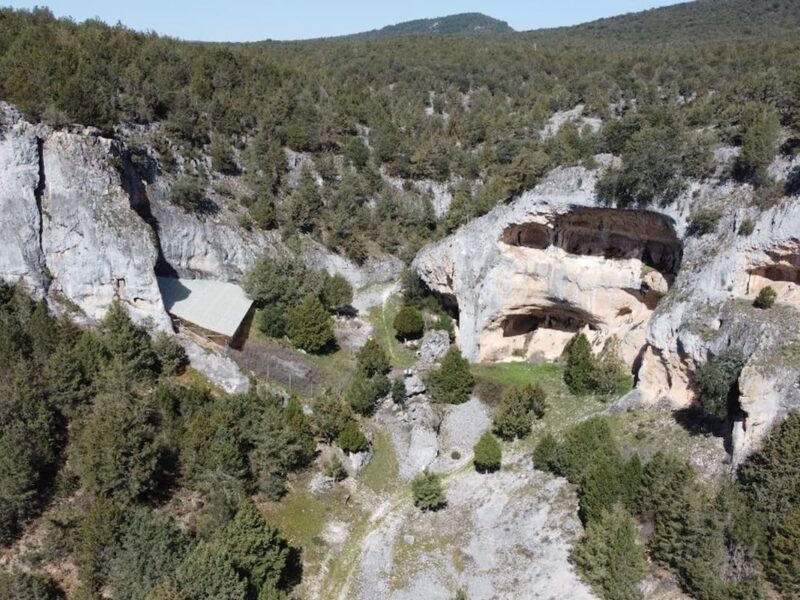A recent study published in the Journal of Archaeological Science: Reports has revealed mercury contamination in the ancient water reservoirs of the Maya city of Ucanal, located in Petén, Guatemala. The research team, made up of archaeologists and geoscientists, found excessively high levels of mercury in the sediments of three water reservoirs dating back to the Terminal Classic period, when the city reached its peak. This raises questions about the health and living conditions of the Maya population that inhabited this city.
Mercury, in its cinnabar form (mercury sulfide), was widely used by the Maya in funerary ceremonies and as a pigment in the decoration of buildings and luxury objects. However, until now, little was known about the potential environmental contamination risks this substance may have caused in ancient Maya cities.
The study analyzed sediments extracted from three water reservoirs, known as Aguada 2, Aguada 3, and Piscina 2, located in different areas of the city. The results showed that all the reservoirs had mercury concentrations above the toxic threshold, reaching levels that classify the sediments as heavily contaminated.
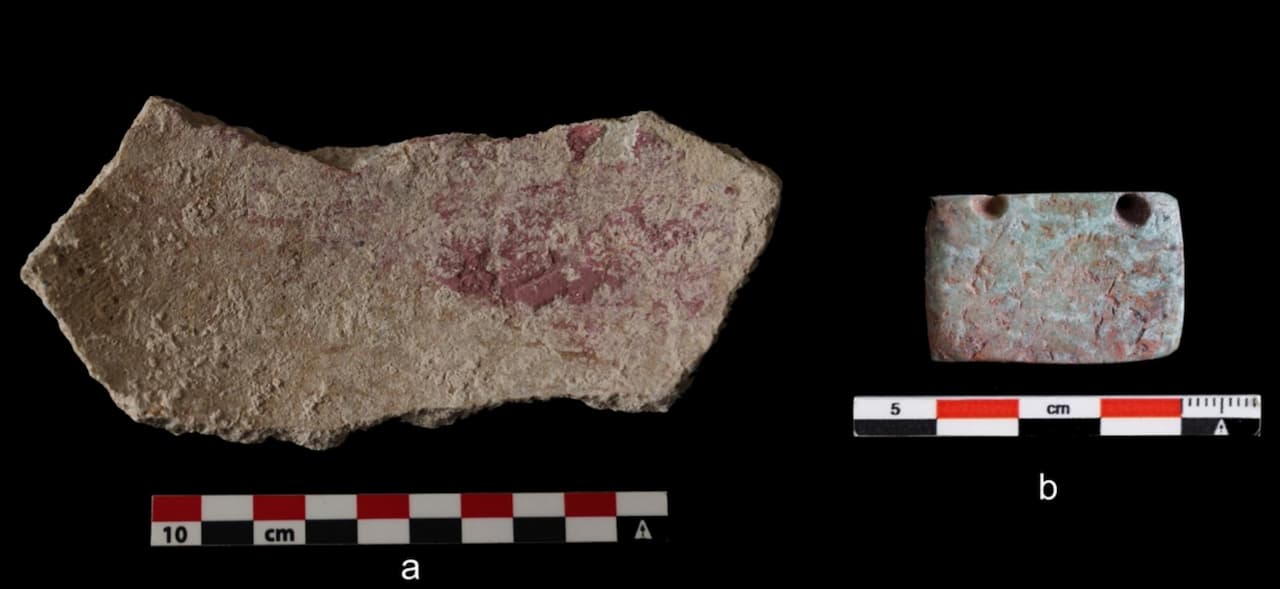
Particularly in Aguada 3, researchers found a mercury level of up to 16.91 micrograms per gram, more than ten times the level considered safe for freshwater ecosystems. This reservoir was located near non-elite residential areas, suggesting that the contamination was not limited to the city’s upper classes, but may have affected the entire population.
Additionally, the researchers also took soil samples from other parts of the city and found that mercury was present at elevated levels even in areas far from the reservoirs, indicating that the contamination spread throughout the urban core.
Mercury is a highly toxic element that can enter the human body through inhalation, ingestion, or skin contact. Prolonged exposure can cause serious damage to the cardiovascular, immune, and reproductive systems, among others. Although it cannot be definitively established whether the inhabitants of Ucanal suffered from mercury poisoning, the high levels found in the drinking water suggest a significant health risk.
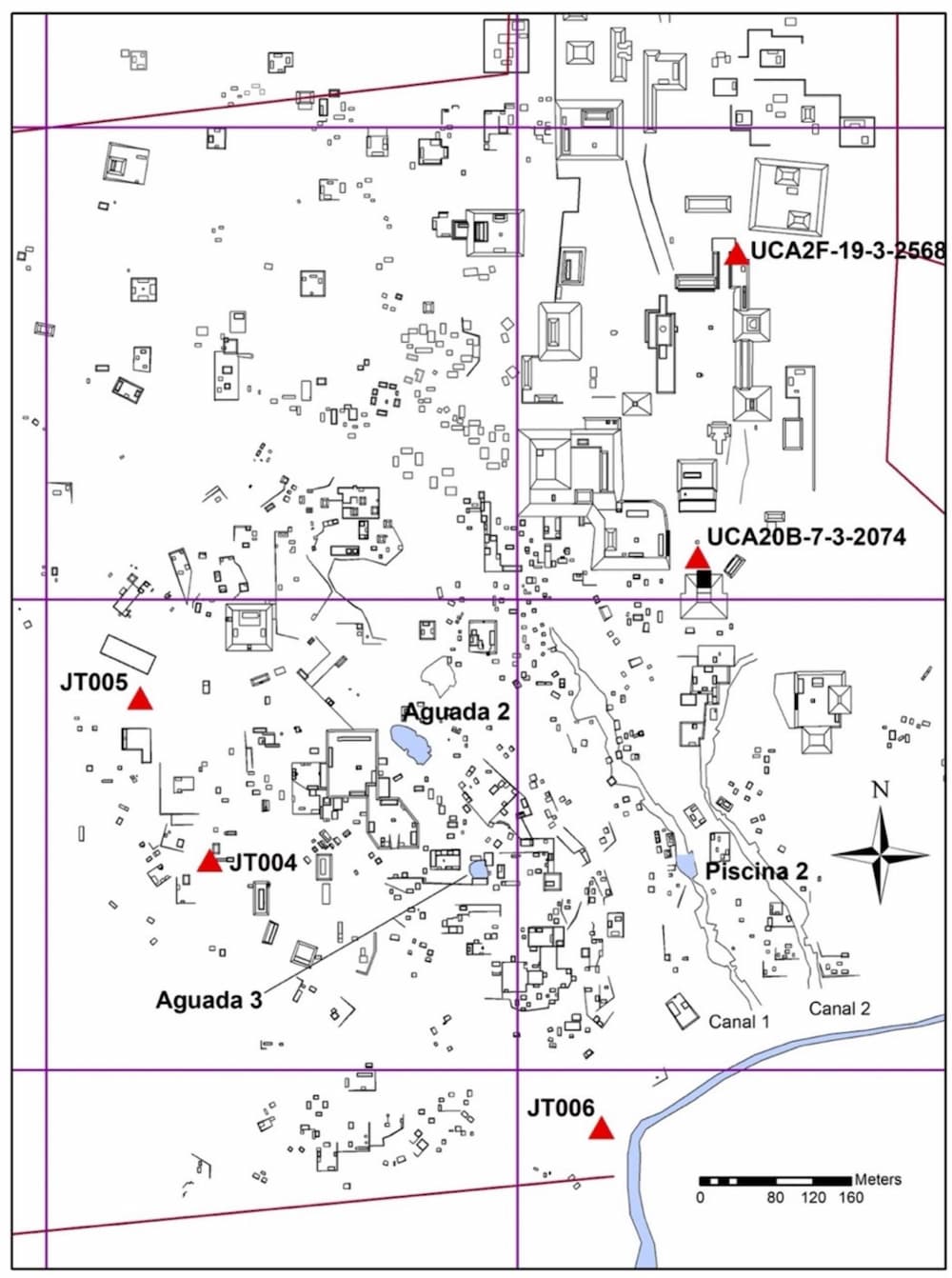
One of the most intriguing points of the study is the possibility that this mercury contamination was related to long-distance trade. There are no known natural cinnabar deposits in the Petén area, suggesting that the Maya of Ucanal imported this substance through trade networks. This practice, intended for ritual and decorative uses, may have had unforeseen consequences for the environment and the health of the city’s residents.
The study of Ucanal’s water reservoirs adds to other recent discoveries that reveal the presence of mercury in Maya sites, but this is one of the first to closely examine the potential environmental and social impacts of this contamination. The authors of the study call for continued research at other archaeological sites in the region to determine whether this type of contamination was widespread in Maya cities during the Classic period.
The researchers indicate that Aguada 2 had the greatest diachronic depth from at least the Late Preclassic to the Terminal Classic and encompassed a drainage area that included elite residences. Mercury contamination in Aguada 3 potentially originated from artisanal or funerary activities associated with the surrounding lower- and middle-status residences. Piscina 2 in Canal 1 was immediately surrounded by commoner residences but had the largest drainage area, encompassing ceremonial plaza spaces and both elite and commoner residences.
Mercury contamination, likely due to the direct use of cinnabar and its mobilization through soil and water, was widespread in the ancient Maya city of Ucanal. The city’s inhabitants seem to have been exposed to anthropogenic mercury at least from the Late Preclassic to the Terminal Classic, the researchers conclude.
SOURCES
Jean D. Tremblay, Christina T. Halperin, Peter M.J. Douglas, Mercury contamination in ancient water reservoirs at the Maya city of Ucanal, Guatemala. Journal of Archaeological Science: Reports, vol. 59, November 2024, 104789. doi.org/10.1016/j.jasrep.2024.104789
Discover more from LBV Magazine English Edition
Subscribe to get the latest posts sent to your email.


